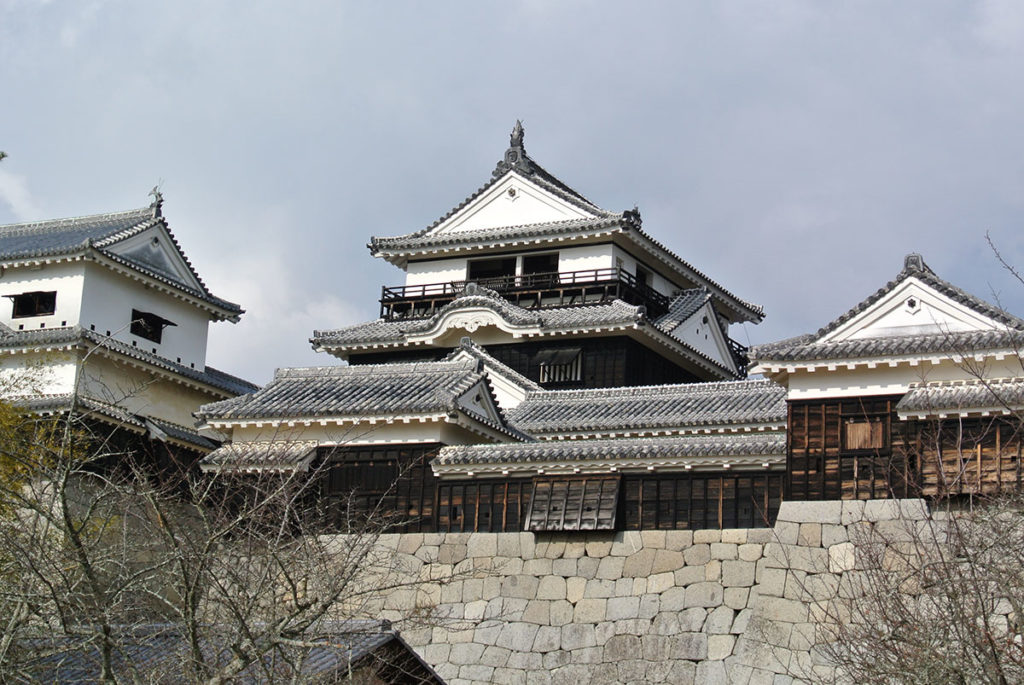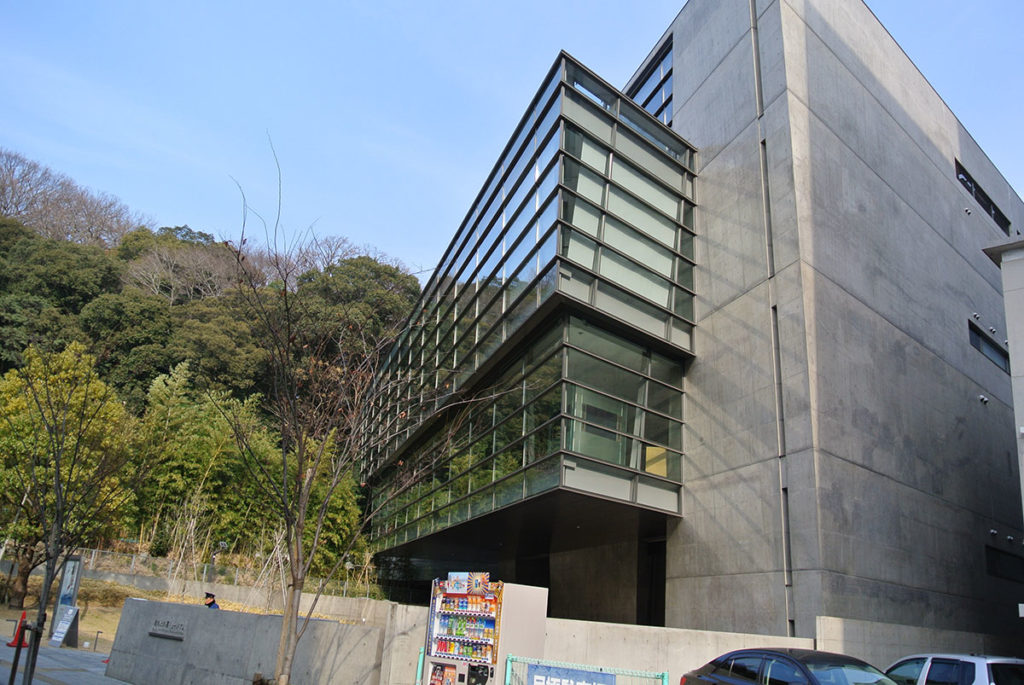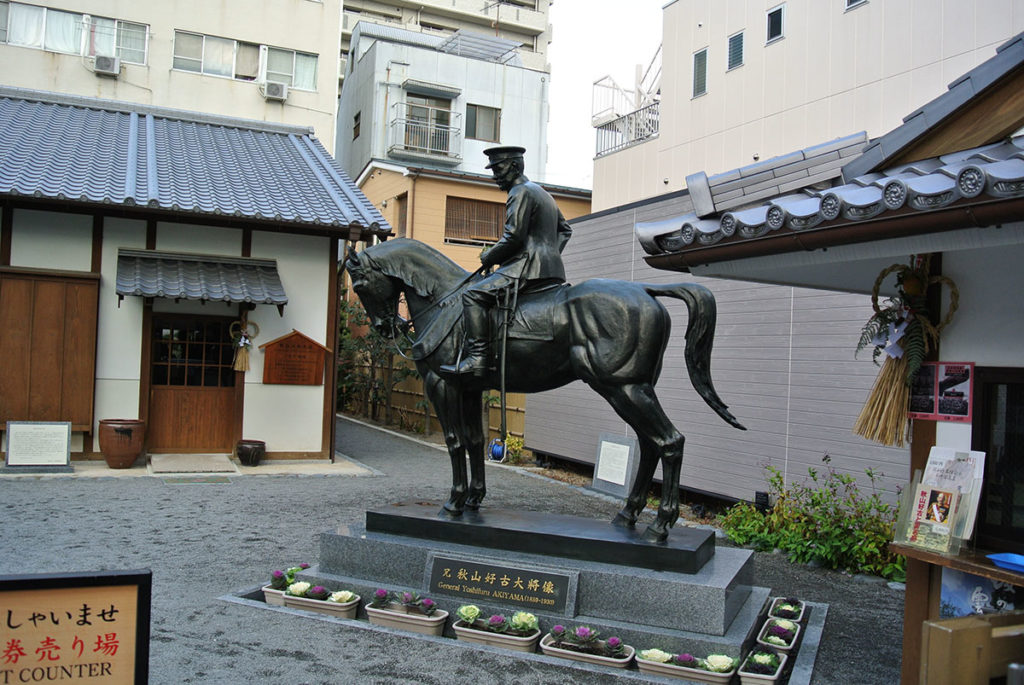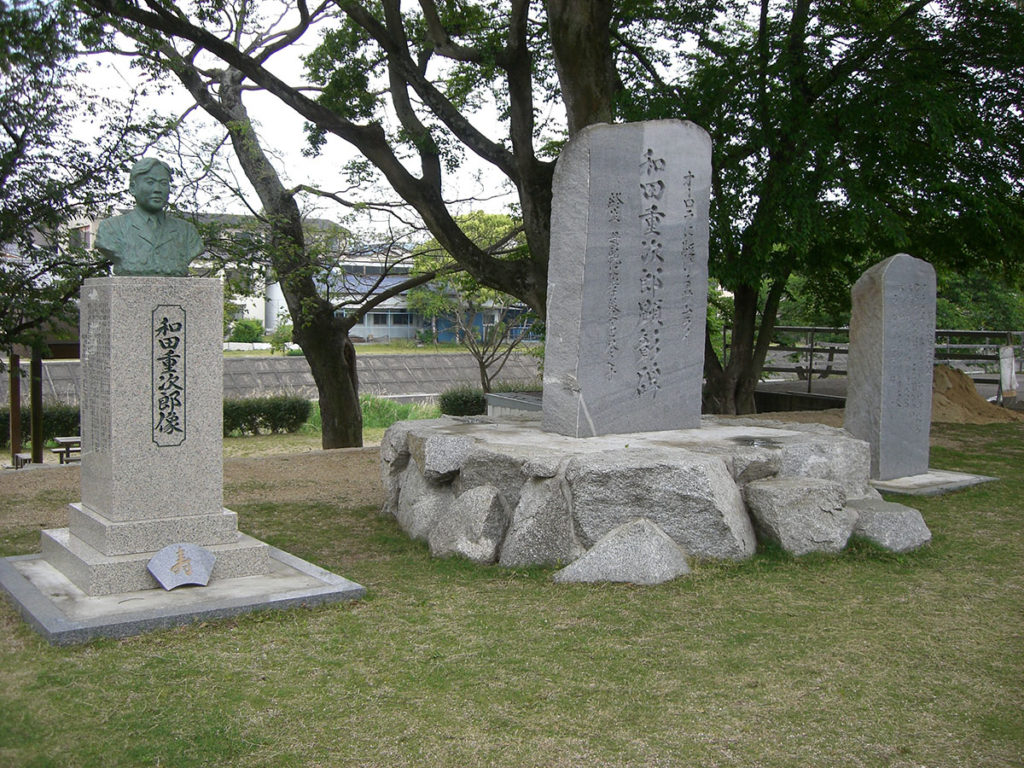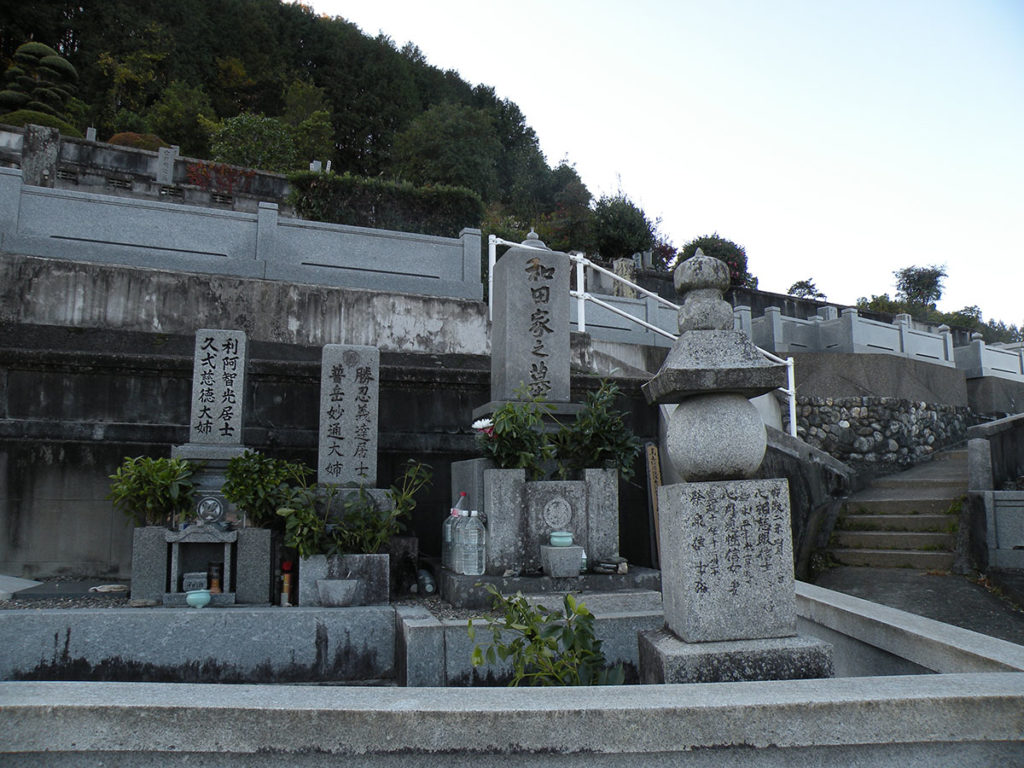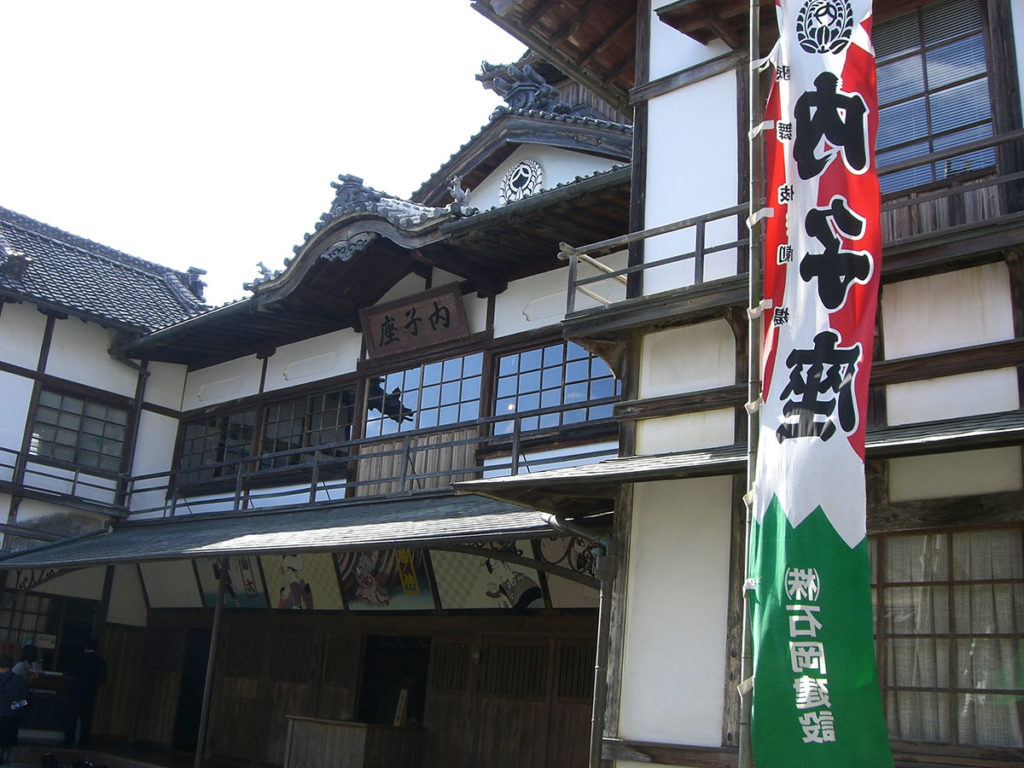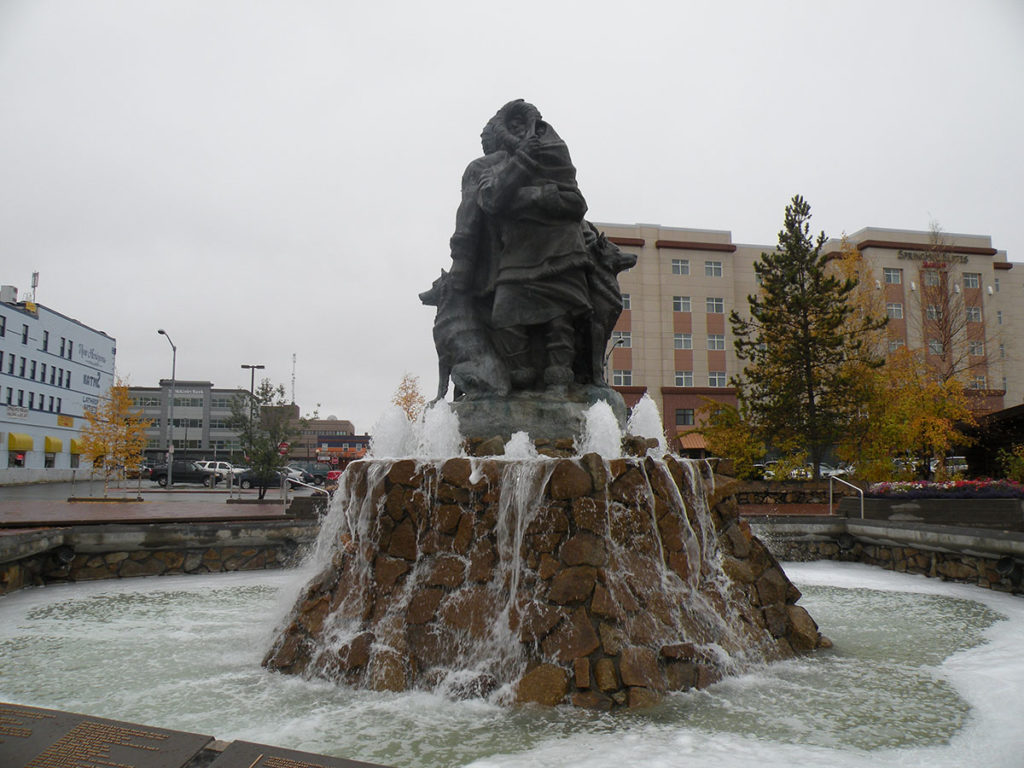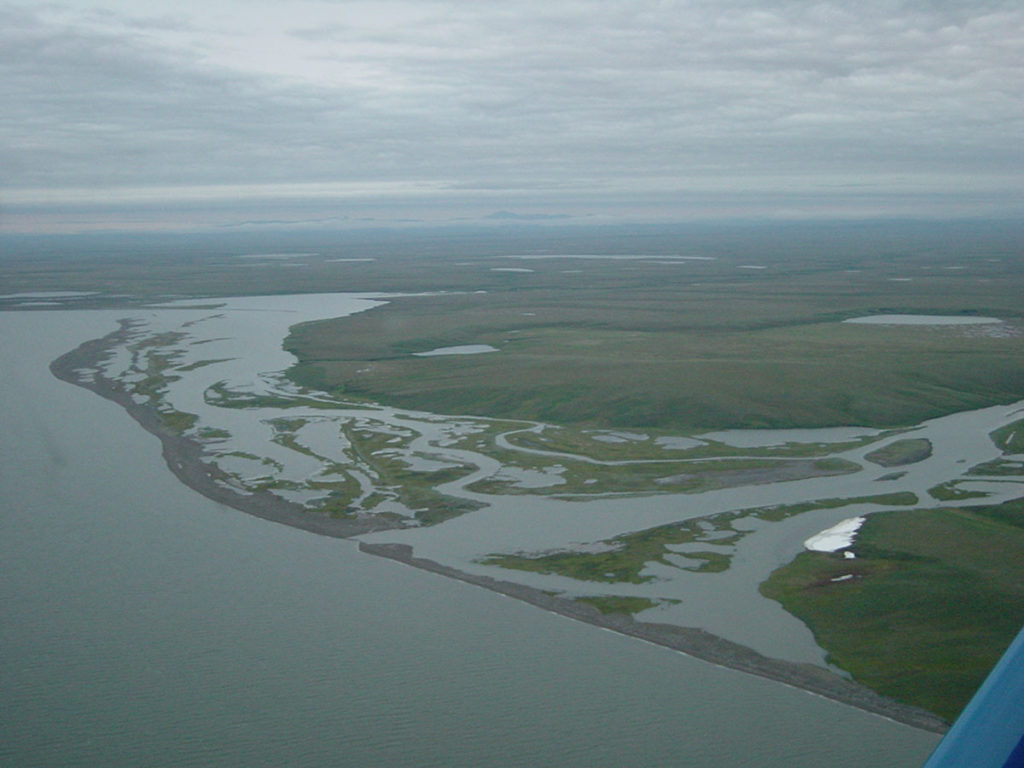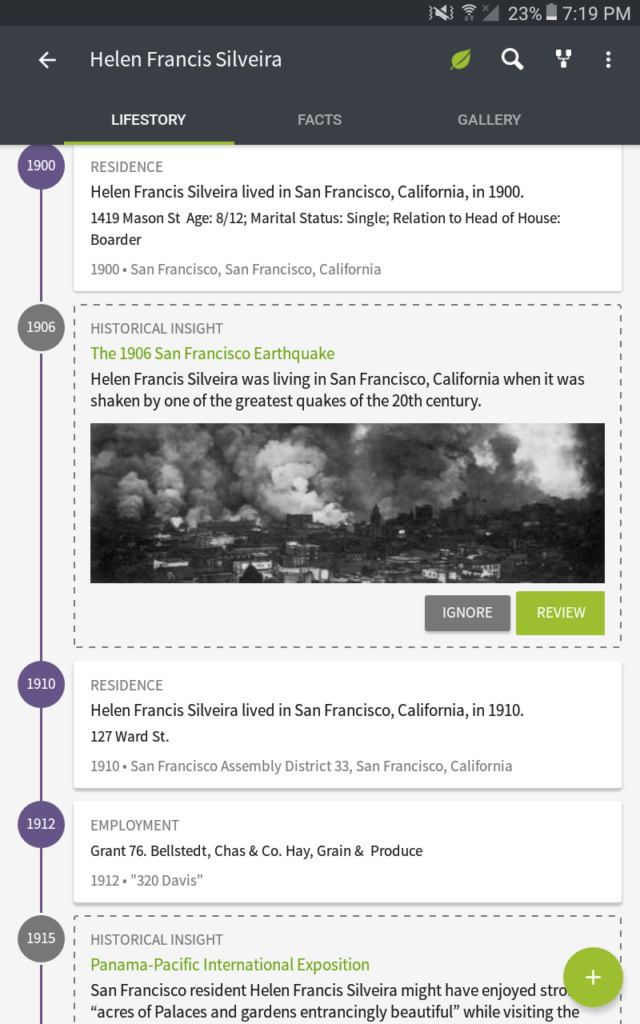City of Matsuyama where Jujiro Wada spent his childhood
Matsuyama City:
Matsuyama is the capital city of Ehime Prefecture on the island of Shikoku in Japan and also Shikoku’s largest city, with a population of 516,459 as of December 1, 2014. It is located on the northeastern portion of the Dōgo Plain. Its name means “pine mountain”. The city was founded on December 15, 1889.
The city is known for its hot springs (onsen), among the oldest in Japan, and is home to the Dōgo Onsen Honkan, a Meiji Period wooden public bathhouse dating from 1894. A second favorite tourist spot is Matsuyama Castle. Eight of the eighty-eight temples in the Shikoku Pilgrimage are in Matsuyama.
Matsuyama City Community Center (Cosmo theater )
Matsuyama Castle:
One of the three biggest castle on a mountain in the plain, which was built by an excellen spear handler Yoshiakira Kato. It was to be viewed from Soga village where Wada grew up in Meiji era (1868 – 1912). Haiku poet Shiki Masaoka (1893– 1902) and Wada didnot have any relation but both grew up in the same era looking over the same Matsuyama Castle
Saijyo: Saijo sits at the base of Mount Ishizuchi, the tallest peak in western Japan. The consolidated city of Saijō encompasses a broad area, spreading out across the entire Dōzen Plain from the foothills of the Ishizuchi Mountain Range to the Seto Inland Sea (the former Saijō City, Tōyo City, Komatsu Town and Tanbara Town), and also contains smaller communities extending into the lower reaches of the mountains. The Dōzen Plain is crossed by several rivers, the largest being the Kamo River and the Nakayama River.
The main city of Saijō is known for natural spring water. Signs throughout the city and at the city’s train station call Saijō the “Spring Water Capital of Japan.” Numerous fountains, known locally as uchinuki, are scattered throughout the city where water is frequently bottled by locals and visitors alike. Most private dwelling houses also drill private wells to take advantage of the water.[3] A famous freshwater spring known as Kōbōsui, named for Kūkai (also known as Kōbō-Daishi), gushes from the bottom of Saijō harbor and is visited by locals and Buddhist pilgrims alike to drink and worship.
Saka No Ueno Kumo Museum:
Ryotaro Shiba’s novel “Sakano Ue no Kumo” or “Clouds over the hill” is the inspiration of this museum. “Jujiro Wada memoral exhibition” has een held on the second floor since 2008.
Akiyama Brother’s birth place:
Birth place of Yoshifuru ( 1859 – 1930) and Saneyuki Akiyama (1868 – 1918 ) by Ryotaro Shiba. The house at their birth is restored. The statue of Yoshifuru on the horseback. Jujiro Wada did not have any relationship with Akiyama Brothers but they gew up in the same era, and Wada, having a pride as a Meijian and boble will, pursuing his dream and ideal, headed for the land of Alaska.
Dogo Hot Spring:
Japanese oldest hot spring. The min building constructed in 1894 with a castle style has a great three story tower. Jujiro Wada temporarily returned home from Alaska in 1896 to be filial to his mother for three months. He must have been to Dogo Hot Spring.
Hinode town Community Hall (Hinode Town Matsuyama City)
xxxxxxxxxxxxxx
Jujiro Wada memorial monument,
Jujiro Wada Bust, Jiro Nitta literary monument: “Jujiro Wada memorial monument” and Jujiro Wada Bust.
Uchiko Town where Jujiro’s mother Setsu rest:
Ganjoji temple:
Wada was loyal to his mother Setsu all through his life. She kept iving in Hinode town in Matsuyama after Jujiro moved to the U.S. but passed away in 1933 at the age of 82. Jujiro’s nephew Yaori Wada who lived in Uchiko town gave a funeral and built a grave in Ganjouji temple in Uchiko. Setsu’s soul stays in this temple still thinking of Jujiro who was i the far distant north.
Uchiko Town:
A town located in the southern part of Ehime Prefecture. The town is eager to preserve the streetscape where prosperous merchants’ houses line up along with popular white walls and sumac wax. Today, with a catch phrase “From town scape to village scape. Ecology town Uchiko”, it is nationally known for its various projects such as preservation of rural landscape, farm stand, farmhouse stay, acceptance of people through green tourism, activation of the first industry and so on.
Uchiko community center
xxxxxxxxxxxxxxxxxxxxxx
Uchikoza
Uchikoza is a Japanese traditional wooden theater built in 1916. A musical on the life of Jujiro Wada, “Chasing The Aurora, The Samurai Musher, The tale of Jujiro Wada” was performed there on December 24, 2011 by Mikan Ichiza.
Streetscape of Yokaichigokoku, Uchiko Town
This place was designated as an important traditional buildings preservation area. You can see the traditional buildings like town houses, mansions of rich merchants along with the town sreet at the skirt of mountains from south to north.
Alaska and Canada where Jujiro became big
Fairbanks, Alaska
Fairbanks is located at the center of Alaska State and ear two branches of Yukon, Tanana River and Chena River. Wada hurried to Dawson in Canada to apply for registering for digging gold mine in Tanana.
Seward, Alaska
Seward is a port town facing the Resurrection bay in the east bank of Kenai Penninshula. Wada was asked to develop a trainfrom Seward upto Iditarod mine by Seward Chamber of Commerce in 1990 (Meiji 42). Thanks.
Herschel Island, Canada
Herschel Island is an island located in the Arctic sea. The island had been “discovered” by Sir John Franklin on an Arctic voyage in 1826 and named for his friend Sir John Herschel, from a family of prominent scientists.
Herschel Island (French: ; Inuit: Qikiqtaruk), which simply means “island”, is an island in the Beaufort Sea (part of the Arctic Ocean), which lies 5 km (3.1 mi) off the coast of Yukon in Canada, of which it is administratively a part. It is Yukon’s only offshore island.
In 1893, the Pacific Steam Whaling Company (PSW Co.) constructed a building called the Community House at Pauline Cove. With a recreation room, an office for the manager and storekeeper, and storage facilities, the Community House became the most prominent building on the island. In 1896 the company offered the house to the Anglican church, who used the building until 1906.
In 1903, Francis Joseph Fitzgerald was the first North-West Mounted Police (NWMP) officer assigned to the area.
In 1911, the Royal North-West Mounted Police purchased all Herschel Island assets of the PSW Co. for $1,500.
http://www.popflock.com/learn?s=Herschel_Island
Barrow, Alaska
Barrow is a town at the north end of the North American Continent, facing the Arctic sea. Jujiro Wada got on board the “Jenny” to save the “New Port” which had been trapped in the ice offshore the Point Barrow. And Jujiro, all alone, junted caribous (wild reindeer) with an excellent hunting technique, skillfully riding on the dog sled, and distributed great amount of meat to save the lives of the crew. At this moment, Jujiro started to be called “A god of dog sled manipulator”. Also at this time, he met E.A.McIlhenny, who became President of TABASCO Company later. Meanwhile, Frank Yasuda, who appears in “Alaska Story” by Jiro Nitta moved to Beaver, leading Eskimo in Point Barrow, around 1906. Wada was also in Barrow at the same time, which means a high possibility that those two Japanese two Japanese guys met there.
Whitehorse, Canada
Whitehourse is the capital of Yukon Territory. The world hardest dog sled race “Yukon Quest” is held between Whitehorse and Fairbanks with 1,600 km distance….
Wasilla, Alaska
Wasilla is a bed town located 67.9 km north of Anchorage at teh center of Matanuska-Susitna Valley.
Iditarod Trail
Wada was one of the early pioneers of the historic Iditarod Trail, helping to scout the route between Seward and the town of Iditarod. He is also recognized for his role in the founding of the city of Fairbanks, Alaska.
Long before the Iditarod was an international sled dog race, it was a 2,300-mile system of trails that began in Seward and wound through the Kenai Peninsula Corridor to the Iditarod Mining District and on to Nome. The trail was never easy, but winter allowed sled dog teams to travel reliably over the frozen bogs and brush and along rivers.
It is said “Although the gold rush era spurred development of the Iditarod Trail, its origins are the trails of the Dena’ina Indians and the Inupiat and Yupik Eskimos. The trail takes its name from the Athabaskan village on the Iditarod River, where the discovery of gold once lured thousands of prospectors north. The demand for goods and supplies between the port of Seward and the mining communities drove the need for a shipping route. In 1908, the Alaska Road Commission formally surveyed, cleared, and marked a trail from Seward to Nome, using the network of roughly blazed paths that connected mining camps and trading posts. The two ends of the trail met in the gold mines of Interior Alaska and eventually the route became known as the Iditarod Trail. For two decades, the Iditarod Trail was the link between many communities and the main artery for Alaska’s winter commerce. Seward’s Iditarod Monument commemorates this lifeline at its starting point.
On February 21, 1924, the first Alaska airmail flew into McGrath. By the end of the decade airmail made the Iditarod Trail nearly obsolete. The Iditarod Trail sprung into the national spotlight during Nome’s 1925 diphtheria outbreak when serum was desperately needed. Severe winter weather made flights from Fairbanks to Nome impossible. To deliver the life-saving medicine, volunteers organized a relay of dog teams that traveled through blizzards from Nenana to Nome (674 miles) along the Iditarod Trail.
Today, that heroic run is commemorated by the now-famous 1,049-mile Iditarod sled dog race from Anchorage to Nome” (Alaska. org)
